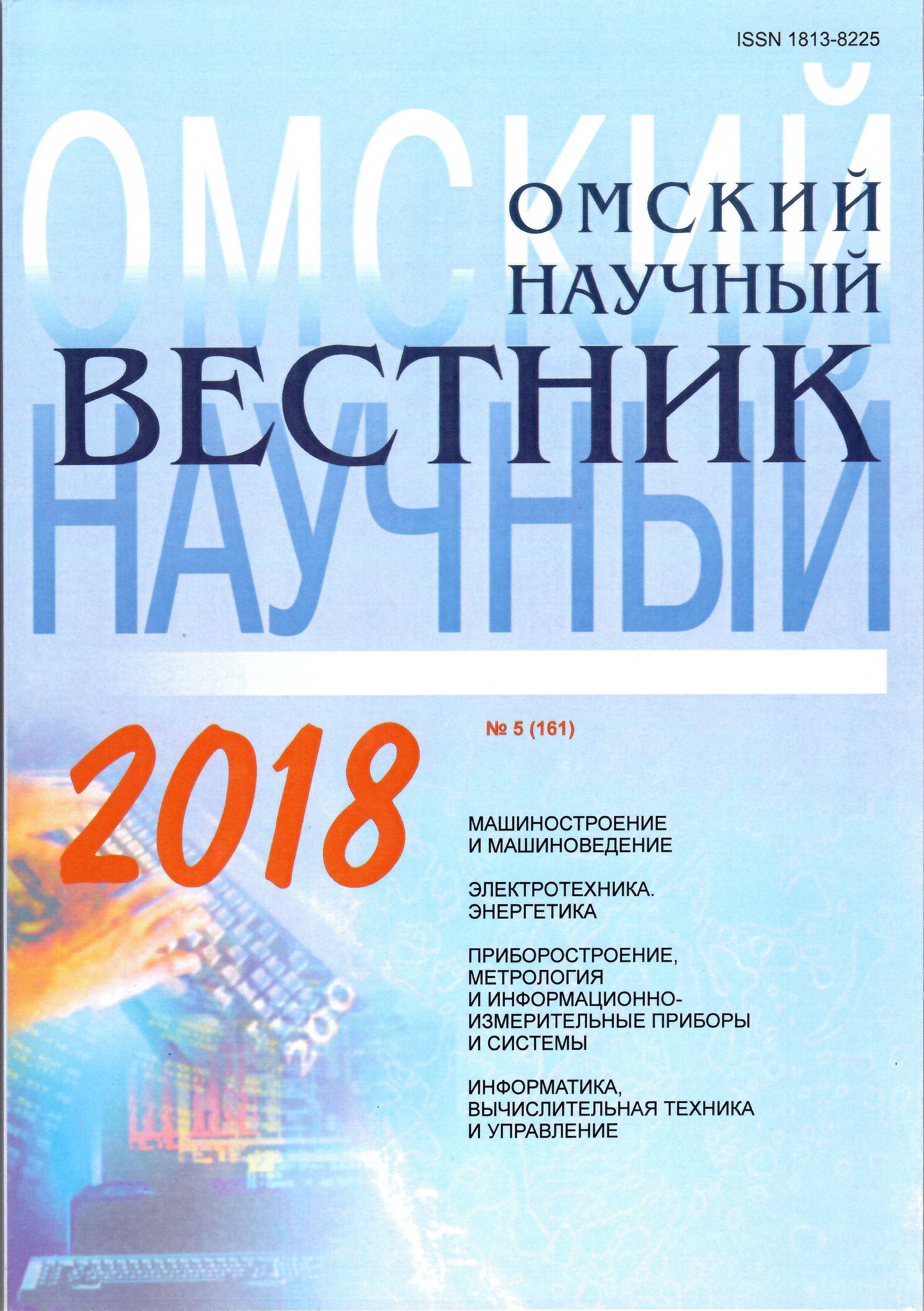The impurity and phase composition of surfaces of semiconductors of the typeАIIIВV — materials for gas sensors
DOI:
https://doi.org/10.25206/1813-8225-2018-161-106-110Keywords:
AIIIBV semiconductors, IR spectroscopic, mass spectrometric, quantum chemical studies, impurity and phase composition of surfaces, sensorAbstract
The chemical composition of the initial and variously treated surfaces of semiconductors of the type АIIIВV — GaAs, InBV (InAs, InSb, InP) is comprehensively investigated. Initial surfaces contain mainly adsorbed molecules of H2O, CO, CO2, oxygen, hydrogen, traces of carbon and its hydrogen compounds, oxide phase. There are suggestions about the composition of the oxide phase: it consists mainly of the oxides of atoms AIII. After heat vacuum treatment (T = 673 K, p ≈ 1,33∙10–4 Pa) semiconductor surfaces are almost completely free from adsorbed impurities and largely from the oxide phase. The residual oxide phase does not shield the active surface involved in adsorptioncatalytic processes. The violation of stoichiometry, especially noticeable after thermal vacuum treatment, due to the removal of atoms in BV with the formation of their vacancies is shown. The increased activity of the surfaces of the semiconductors studied in relation to gases of a certain electronic nature, due to the presence of vacancies (vacancy defects) and the residual oxide phase is the basis to recommend them as materials for the corresponding sensor sensors.
Downloads
Published
How to Cite
Issue
Section
License
Non-exclusive rights to the article are transferred to the journal in full accordance with the Creative Commons License BY-NC-SA 4.0 «Attribution-NonCommercial-ShareAlike 4.0 Worldwide License (CC BY-NC-SA 4.0»)




